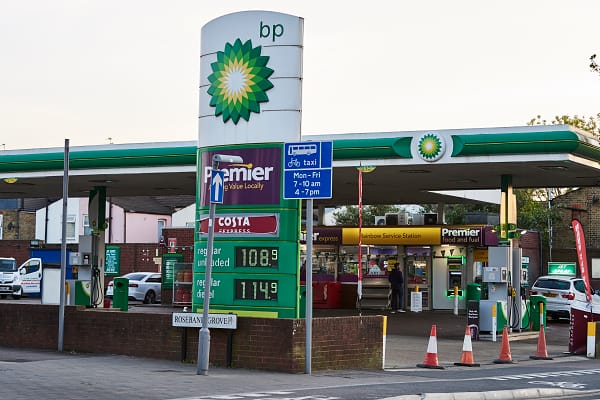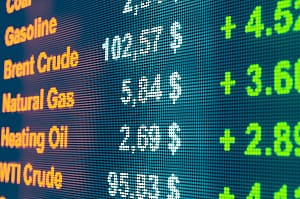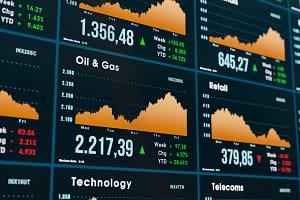While it is a surge in profits from both oil and gas that continues to grab the headlines at BP and Shell, the real secret to their share price success is how they have made the most and rising hydrocarbon prices and then put the bounty to good use.
Both firms have cut costs, reined in capital investment, sold assets and also cut their dividend, in acknowledgement of how serious the situation had become, especially once oil price collapsed in early 2020. Those self-help programmes have boosted cash inflows and above all enabled BP and Shell to pay down net debt. And from a shareholders’ perspective, lower debt means less risk and less risk means a higher share price.
“BP has slashed its net borrowings by 40% from Q1 2020’s peak of $58 billion to $30 billion and Shell has cut its net debt by a third from Q4 2019’s $78 billion high to $52 billion.
“This brings two immediate benefits.
“Net interest costs are lower and therefore earnings are higher. This boosts the ‘E’ in the price-to-earnings (PE) calculation, one important metric for valuing a stock.
“Net debt means less risk and less risk means investors are usually willing to pay a higher multiple to access the company’s profits and cash flow. This boosts the ‘P’ in the PE and the combination of higher rating and higher earnings is a double-whammy which helps to explain why BP’s shares are up 60% and Shell’s are up by 71%, even as the hydrocarbons industry has attracted little but opprobrium.
“There can be few better examples of the old market maxim that ‘you can have cheap stocks and good news, just not both at the same time.’
“And on a forward price/earnings ratio of barely seven times with a yield of 4% at BP and just over eight times with a yield of 3.6% at Shell, according to consensus analysts’ forecasts, neither stock looks expensive now.
“That could quickly change if oil and gas prices reverse course or the companies are clobbered with a windfall tax, and these concerns are reflected by how investors are still unwilling to pay unduly expansive multiples of earnings and are requiring a decent yield to compensate themselves for the dangers associated with owing the shares.
“Yet the firms seem to be sticking to their capital discipline. BP is targeting annual capital investment of around $15 billion a year out to 2025 and Shell is looking to keep spending at the low end of its targeted $23 billion to $27 billion range in 2022.
“Based on analysts’ consensus forecasts for revenues in 2022, both numbers keep spending near historic lows in nominal dollar terms, as well as a percentage of sales.






Leave a Comment